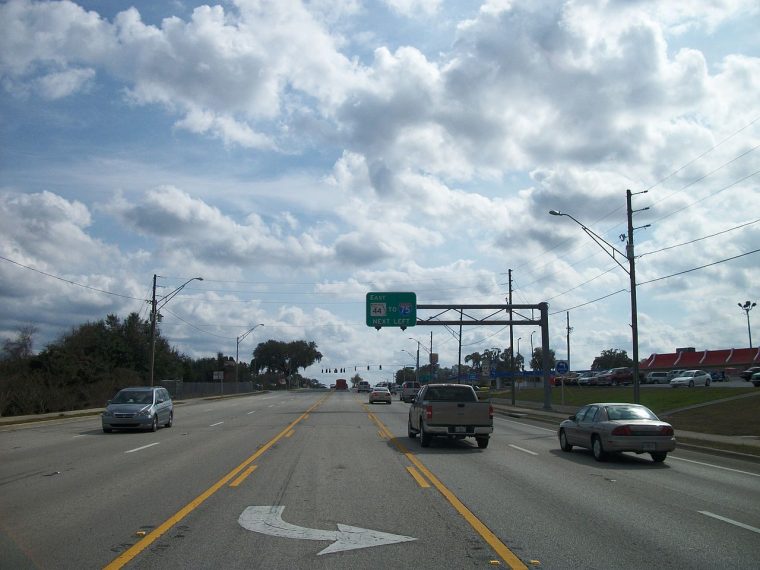How to Read Road Markings

If it’s been a while since you took driver’s ed classes, you might find that certain pavement markings are confusing. Here’s a brief guide to some common road rule changes.
Life Changes: Find the right vehicle for your stage of life
White vs. yellow lines
For starters, it’s important to know the key differences between white and yellow lane markings. Per AARP’s James Healey, a dotted white line indicates the center line between lanes, while a solid white line designates the road’s shoulder area. In general, white lines signal one-way traffic.
A yellow line, on the other hand, indicates two-way traffic. Avoid crossing a yellow line, since it’s there to protect you from cars traveling in the opposite direction.
Pass and no-pass markings

Photo: DanTD via CC
Two solid yellow lines on the road mean that no one on either side of the road can pass a vehicle in front of them, per Healey. Though, if there is one solid yellow line paired with a broken line, the traffic traveling adjacent to the broken line can pass vehicles while those on the other side can’t. However, exercise caution when passing any vehicle and only do so when it’s safe.
Sometimes, you’ll see a center turn lane marked with a solid yellow line and a broken one on each side. According to Driversprep.com, this indicates a two-way center turn lane that cars traveling in either direction can use to turn left. Pay attention to any arrow symbols painted on the center lane, though. If there are only left-turn arrows, this means right turns are prohibited.
Special lane types
Arizona installed the first reversible lane in the US in 1978 to help traffic flow during rush hour and major events by switching the lane's direction. There are few left in the US to date — have you traveled on a reversible lane? #tbtt #throwbacktransportationthursday pic.twitter.com/RdCvUDNO6U
— INDOT (@INDOT) January 30, 2020
Two other pavement markings that are useful to know are reversible and HOV lanes. A reversible lane is a lane that helps speed traffic in a certain direction during certain times of the day, such as rush hour. These lanes are usually designated with broken double yellow lines on each side of the lane, as Driversprep.com confirms. Lane-use control signals will let you know when it’s ok to use the reversible lane.

Photo: Jess via CC
HOV (high-occupancy vehicle) lanes are another type of special marking. Typically indicated with diamond-shaped symbols on the road, these lanes are used for car-pool vehicles. Per Driversprep.com, look for roadside signs that indicate if you can use these lanes any time or only during certain hours.
Increase your knowledge of road rules when you browse these tips for picking an online driver’s ed course. Then read about vintage road rules that drivers had to follow in olden times.
Drivetrains 101: Get the lowdown on drivetrain differences

Whitney Russell resides in Dayton, though her spirit can be found beach-bumming in Puerto Rico (the land of her half-Puerto Rican heritage). When not crafting car-related content, she can be found chasing after the most amazing toddler in the world, watching her “beaver” of a husband build amazing woodworking projects, hanging out with two crazy dogs, and visiting family and friends. She also enjoys traveling, crafting, and binge-watching period dramas when time allows. See more articles by Whitney.



